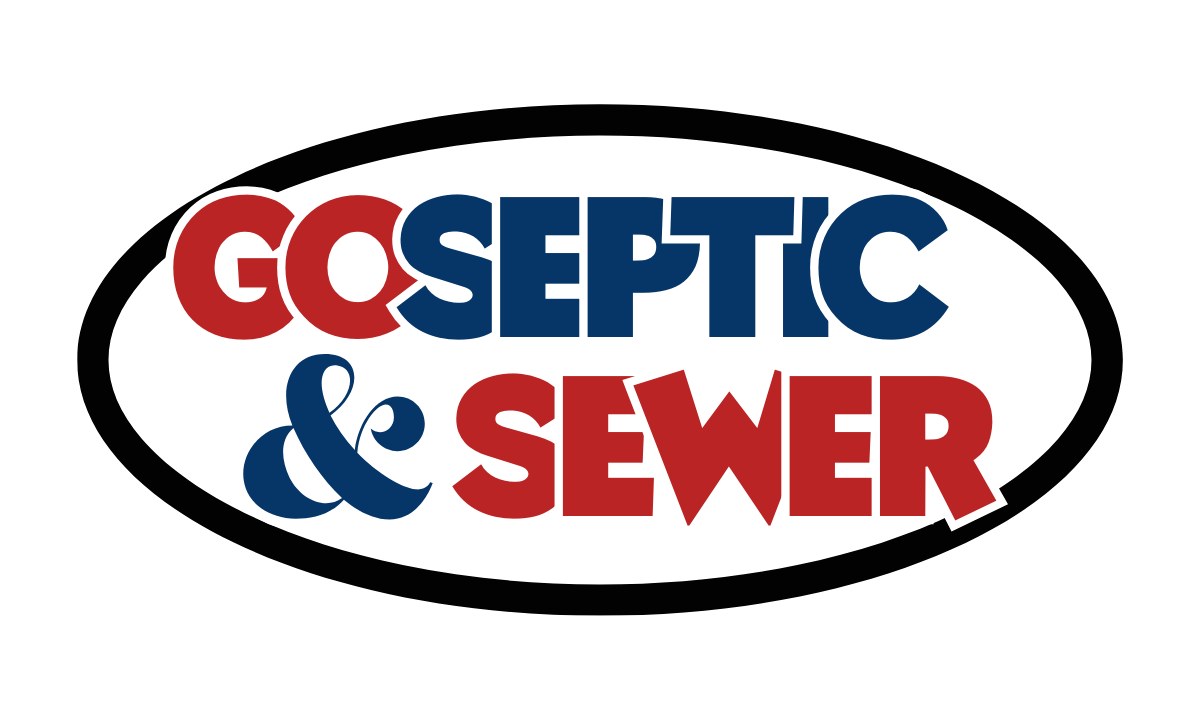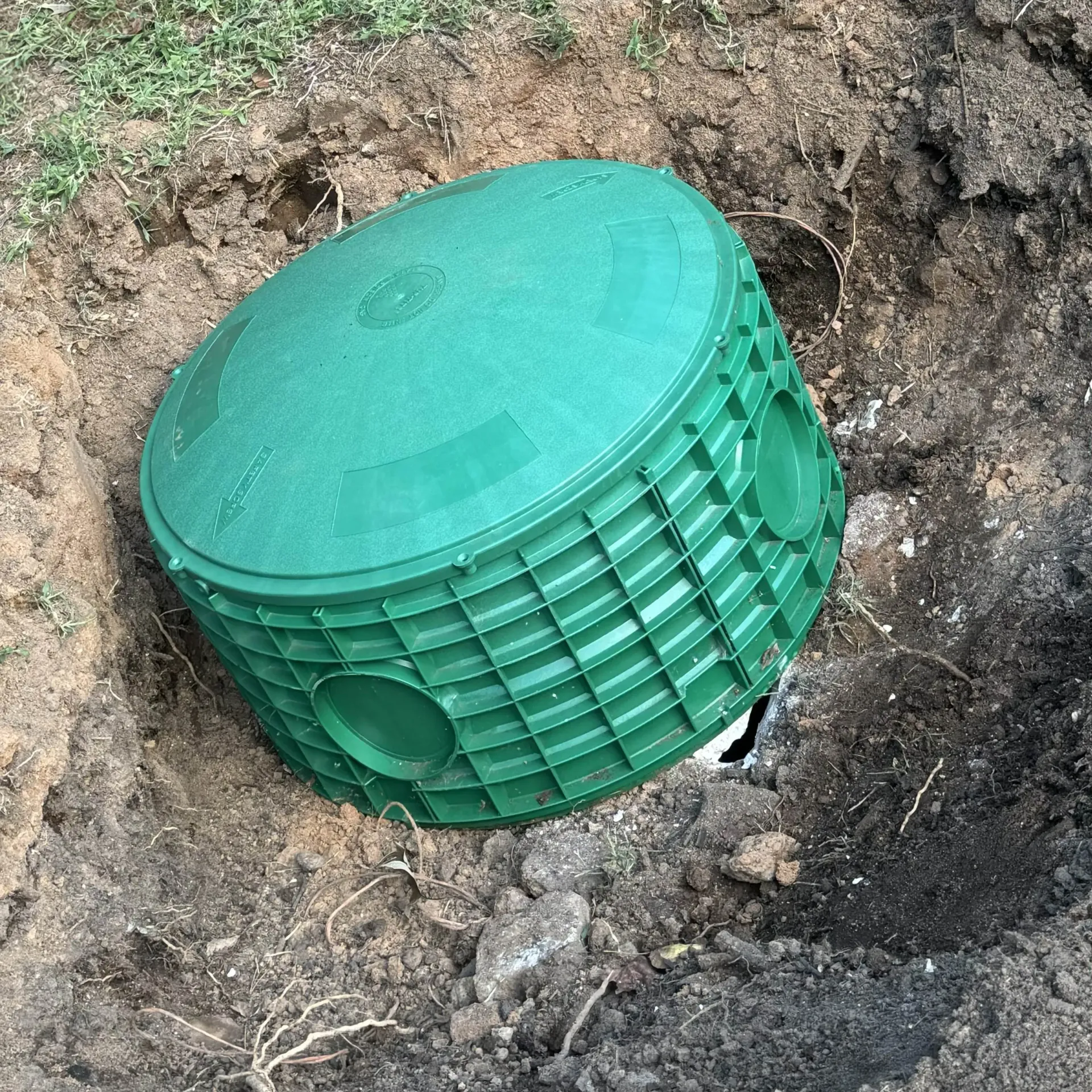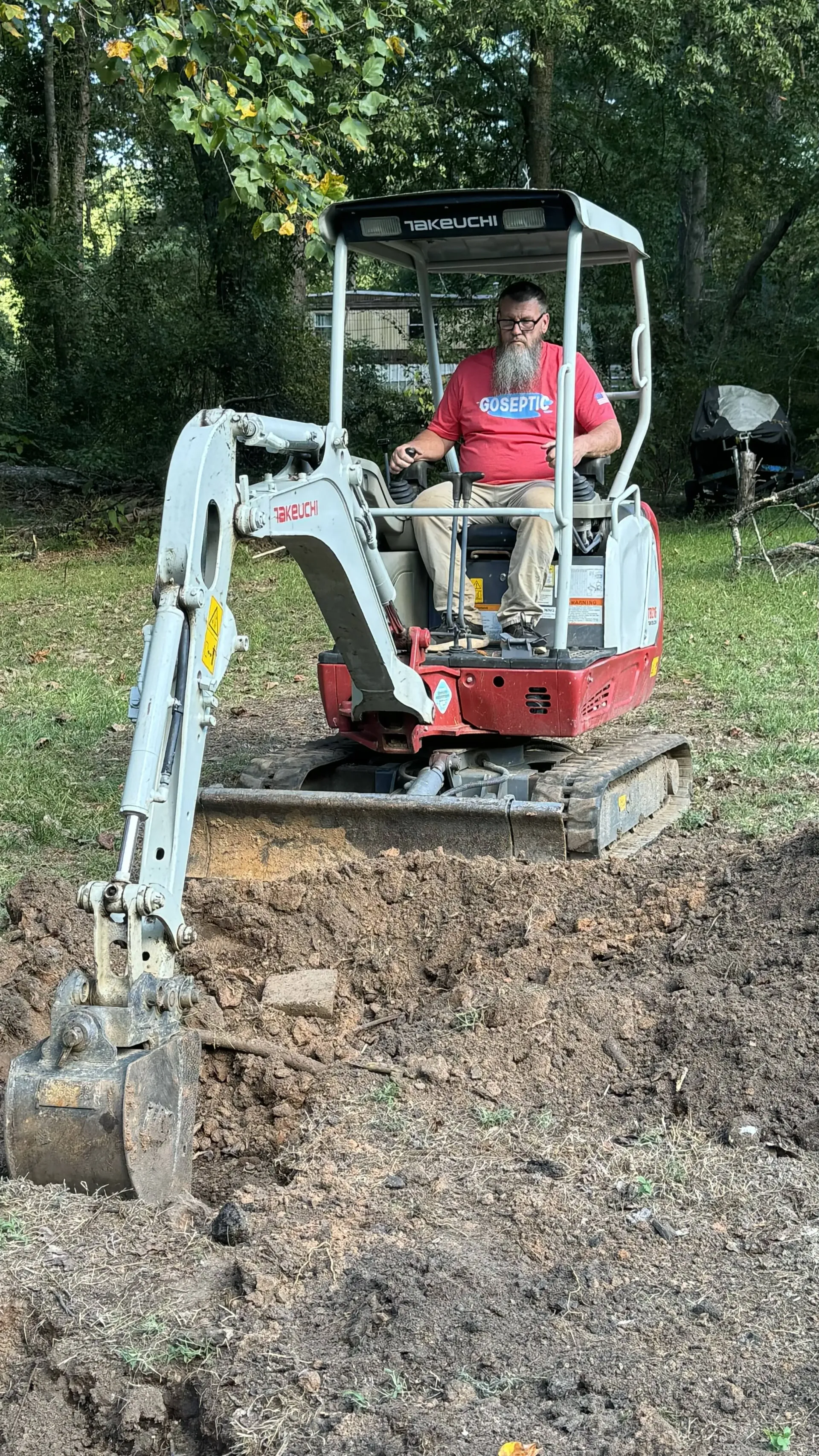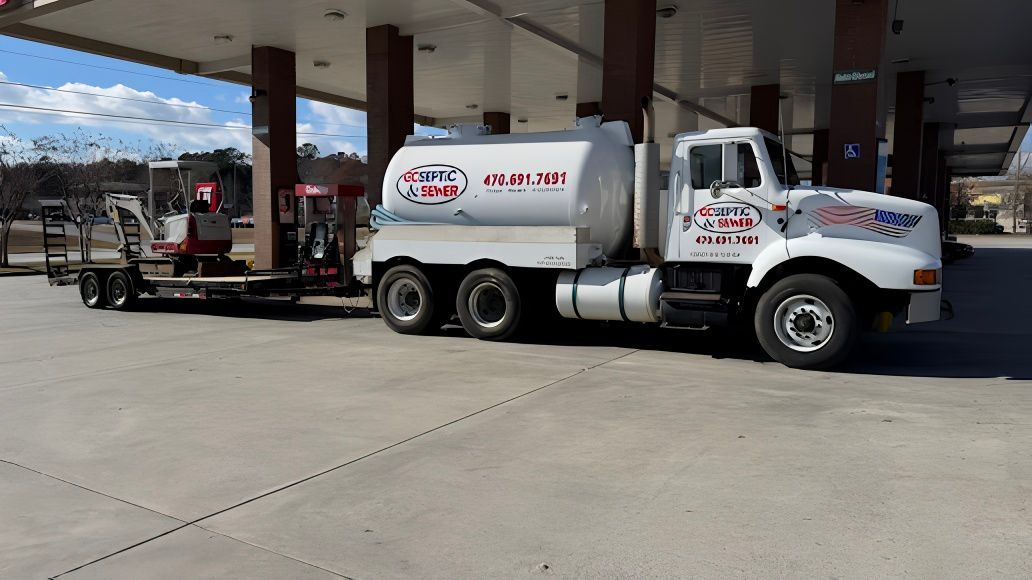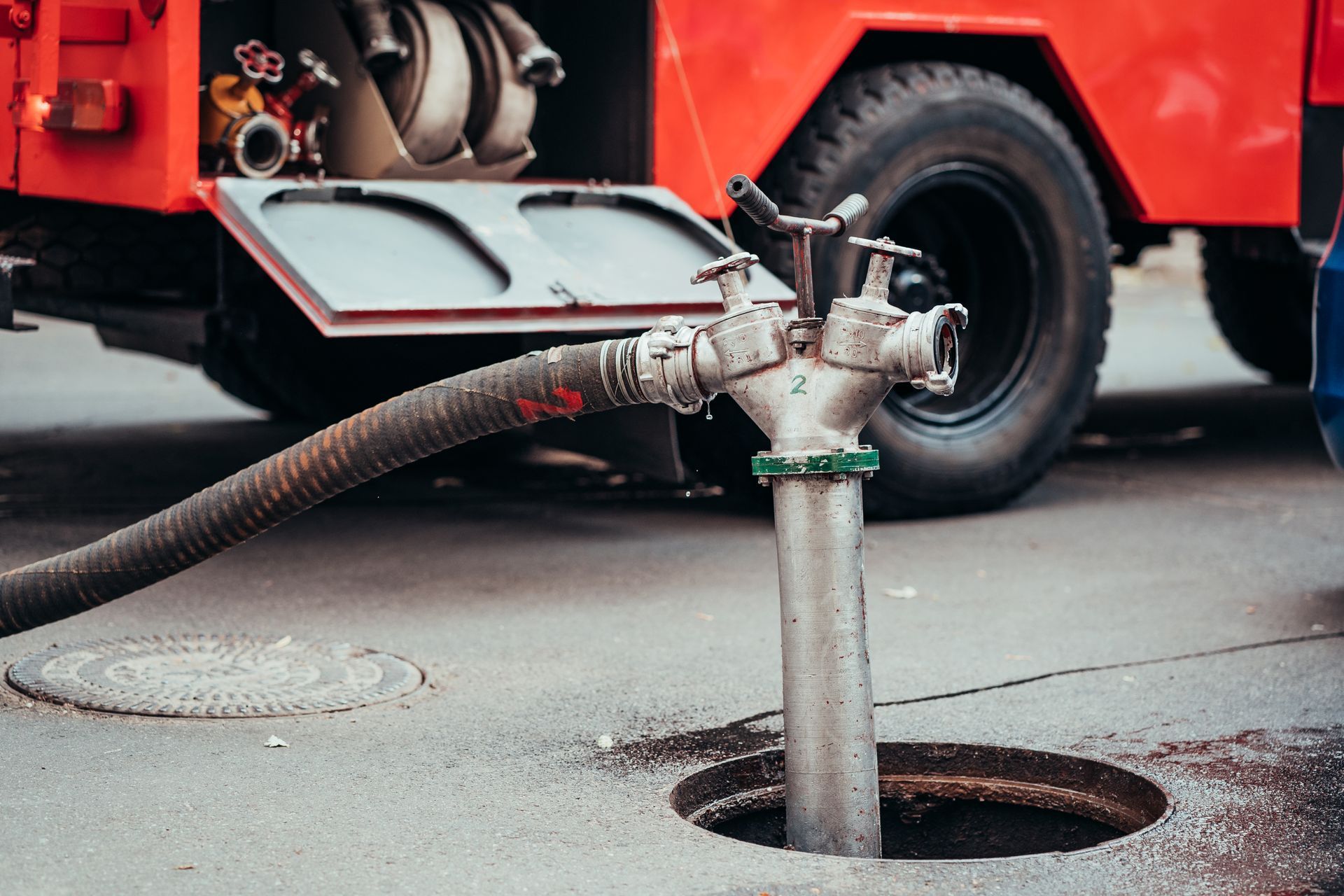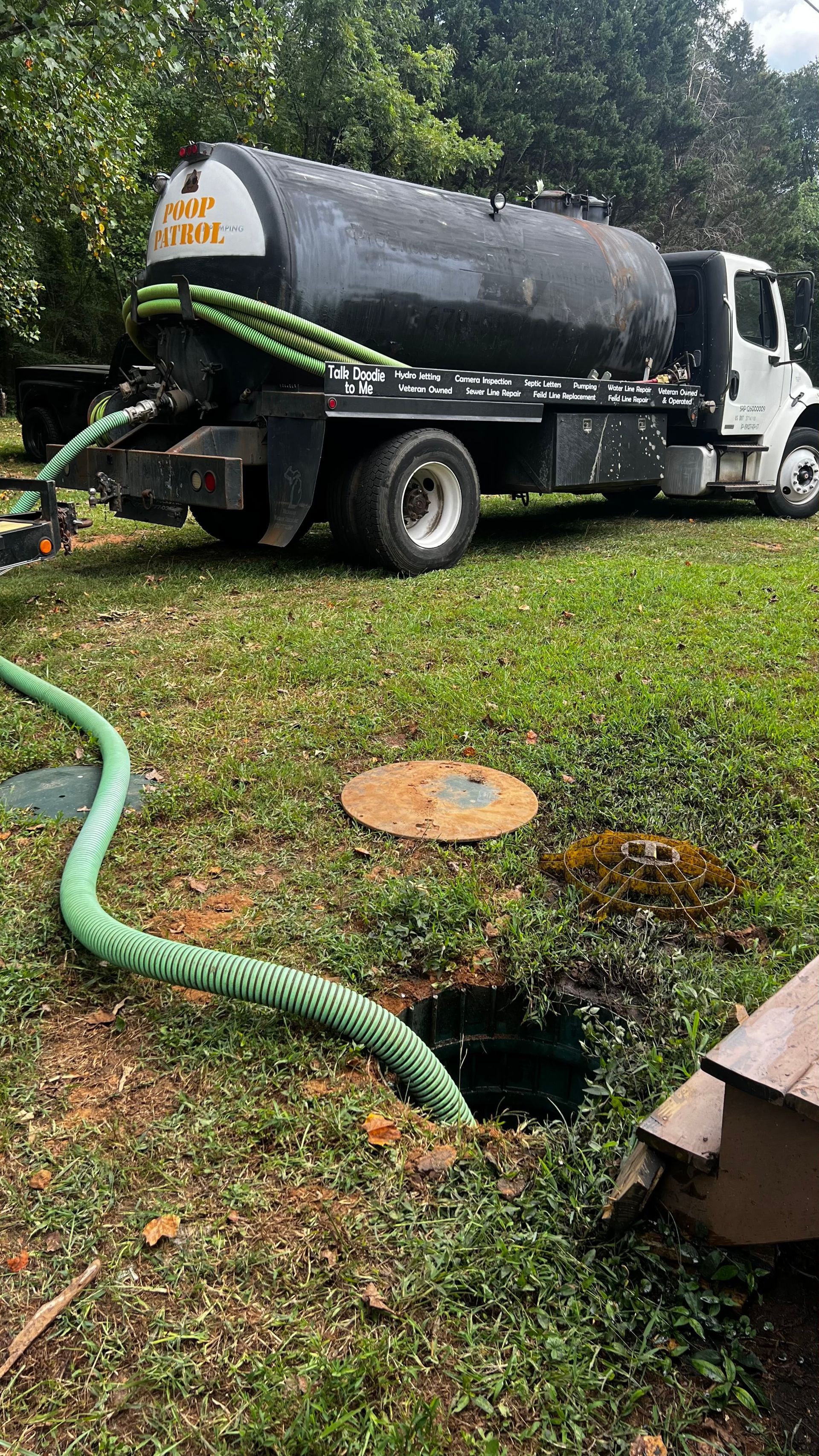Think It's Just a Clogged Pipe? Think Again
Most people believe that slow drains or backups mean a simple pipe clog, but in reality, a hidden septic problem could be the real cause. Ignoring it can lead to bigger issues, like serious water damage or system failure.
We get it. Drain problems are frustrating. You want the water to go down. You want your home to stay clean and dry. You do not want to spend hours guessing what's wrong.
Here’s something you might not know: according to the Environmental Protection Agency (EPA), over 20% of U.S. homes rely on a septic system. And most homeowners miss early warning signs of trouble.
This guide is here to help. You’ll learn how to tell if the issue is in your pipes or if it’s time to think about septic tank repair. We’ll keep it simple, clear, and action-packed so you can solve the problem quickly and protect your home.
How Your Home Plumbing System Really Works
Before we jump into the signs, it helps to understand the basics.
When you flush a toilet or drain a sink, water travels through small pipes. These pipes connect to a main line. From there, the waste flows into a city sewer or your septic tank.
If you have a septic tank, waste separates into layers: solids sink, liquids flow out, and natural bacteria break everything down.
If any part of this process breaks, you’ll notice problems fast.
Common Signs of a Pipe Problem
Let’s start with the good news. Sometimes, your drain issue is just a local pipe clog. Here are signs it might be the pipes inside your home:
1. One Sink, Toilet, or Shower Is Slow
If only one fixture is slow or backing up, it usually means that particular drain is clogged. Hair, soap scum, grease, or food can cause buildup.
2. Gurgling Sounds in a Single Drain
When you hear gurgling noises from a sink or tub but not from other areas of your house, it points to a partial blockage in that drain.
3. Quick Fixes Work (At First)
If using a plunger or a natural cleaner like baking soda and vinegar helps for a while, it’s probably just a minor clog.
But beware: if clogs keep coming back, the problem could be deeper.
Red Flags That Point to Septic Tank Trouble
Sometimes the problem isn't in the pipes at all. It's your septic system waving a big red flag. Here’s what to watch for:
1. Slow Drains All Over Your House
When every sink, toilet, and tub starts draining slowly, it’s rarely a simple clog. It usually means the septic tank is full, or the drain field is struggling.
2. Water Pooling in the Yard
If you see standing water near the septic tank or drain field, even without rain, the tank could be overflowing. Think of it like an underground puddle that keeps getting bigger.
3. Strong Odors Inside or Outside
Smelling something bad near your drains or around your yard? That's often a clue that untreated waste is leaking out. Septic gases like methane and hydrogen sulfide smell awful and signal real danger.
4. Backups in the Basement or Lower Levels
Sewage backing up into lower floors points to pressure building up in the septic system. This needs immediate attention.
5. Bright Green Grass Around the Drain Field
Everyone loves a healthy lawn, right? But if one area is strangely lush, it could be fertilized by leaking wastewater.
Simple Tests You Can Do at Home
If you want to rule out a basic clog before calling for help, try these steps:
1. Test Every Drain
Flush toilets, run showers, and run sinks in different parts of your home.
- If only one fixture is slow, it’s likely a pipe problem.
- If they are all slow, think septic.
2. Check Outdoor Clues
Walk around your septic area. Notice any soft spots, wet patches, or smells? If yes, you might need septic tank repair service.
3. Listen to the Pipes
Gurgling across many drains often signals a full or blocked septic system.
Why Septic Problems Are More Serious
Pipes can be snaked or replaced fairly easily. A septic tank problem can be far messier and riskier. Waiting too long can cause raw sewage to back up into your home, leading to health risks and expensive repairs.
When to Call a Professional
It can be hard to admit you need outside help. But catching a small septic problem early can save you tons of time, stress, and money.
Here are signs it’s time to bring in a pro:
- Water keeps backing up after DIY drain clearing
- Bad odors won't go away
- Yard looks soggy with no rain
- Drain backups reach different parts of your home
A professional will check the tank levels, inspect the drain field, and test your plumbing lines.
How Go Septic & Sewer Can Help
If you are in North Georgia and suspect your septic system is to blame, you do not have to guess.
Go Septic & Sewer offers full septic inspections, repairs, pumping, and maintenance. Our team will find the true cause fast and fix it the right way.
We use camera inspections, septic tank pumping, and safe repairs to keep your home healthy.
We make septic problems less scary, so you can get back to living without worry.
Tips to Keep Septic Issues Away
Want to avoid guessing games in the future? Follow these simple tips:
- Pump your septic tank every 3 to 5 years
- Avoid pouring fats, oils, and grease down the drain
- Keep trees and shrubs away from the drain field
- Spread out water use with showers, dishwashing, and laundry
Conclusion
Sometimes it is the pipes. Sometimes it’s the septic tank. But the earlier you spot the signs, the easier it is to fix.
When in doubt, always act fast.
Ignoring a slow drain can lead to flooding, damage, and health risks. Knowing when you need septic tank repair in Cumming, can protect your home, your family, and your peace of mind.
If you are noticing strange smells, slow drains everywhere, or standing water in your yard,
contact Go Septic & Sewer today. We’ll help you figure out the problem, solve it quickly, and keep your home safe.
